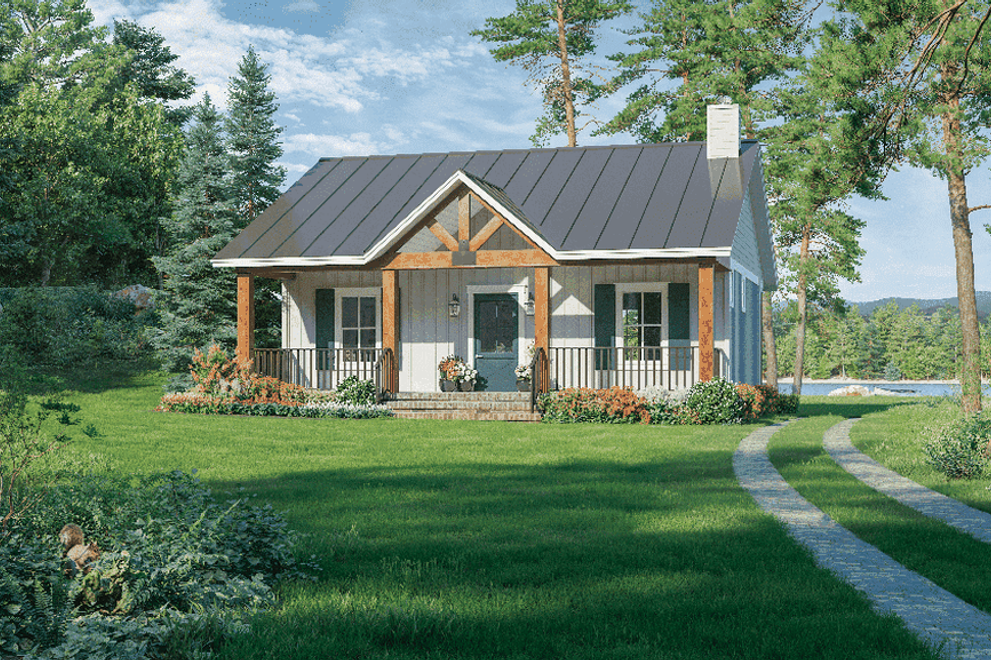The design of tiny houses is a delicate balance between functionality and artistry, where every square foot is maximized for efficiency and aesthetic appeal. This article delves into the practical aspects of tiny house design, exploring innovative solutions that make these compact spaces not only livable but also uniquely beautiful.

Image source: Google
Multifunctional Furniture: Form Meets Function
In tiny houses, each piece of furniture serves multiple purposes, embracing the concept of multifunctionality. Fold-down tables become workspaces or dining areas, and sofa beds transform into sleeping quarters. The artistry lies in the seamless integration of these elements, ensuring that the design not only serves its primary function but also enhances the overall aesthetic of the space.
Smart Storage Solutions: Maximizing Every Inch
Tiny house designers are masters of utilizing every available inch for storage. From built-in cabinets to hidden compartments, these spaces are designed to minimize clutter and create a visually appealing interior. The clever integration of storage solutions ensures that essential items have designated spaces, contributing to the minimalist and tidy aesthetic that defines many tiny houses.
Creative Use of Vertical Space
With limited horizontal square footage, tiny houses often leverage vertical space to expand living areas. Lofted sleeping quarters, storage lofts, and innovative shelving units that climb walls are common features. The utilization of vertical space not only adds functionality but also introduces a sense of uniqueness and creativity to the overall design.
Nature-Inspired Design Elements
Tiny houses often draw inspiration from nature, incorporating design elements that blur the line between indoor and outdoor living. Large windows, skylights, and glass doors invite natural light, creating a bright and airy atmosphere. Additionally, designers may use natural materials, such as reclaimed wood or stone, to enhance the connection between the tiny house and its surroundings, fostering a sense of harmony with the environment.
Customization for Individual Lifestyles
One of the beauties of tiny house design is its adaptability to individual lifestyles. Customization is key, allowing homeowners to personalize their space according to their preferences and needs. Whether it's a minimalist, Scandinavian-inspired interior or a cozy, rustic cabin feel, the artistic expression in tiny house design ensures that each dwelling reflects the personality of its occupants.
In summary, the design of tiny houses is a testament to the creativity and ingenuity of architects and homeowners alike. Balancing practicality with artistry, these compact dwellings redefine the concept of home, proving that living with less doesn't mean sacrificing style or comfort.
